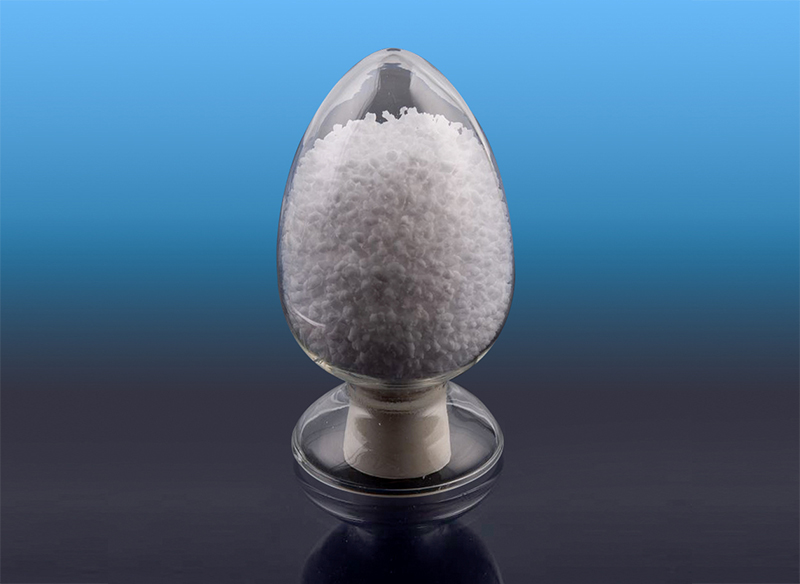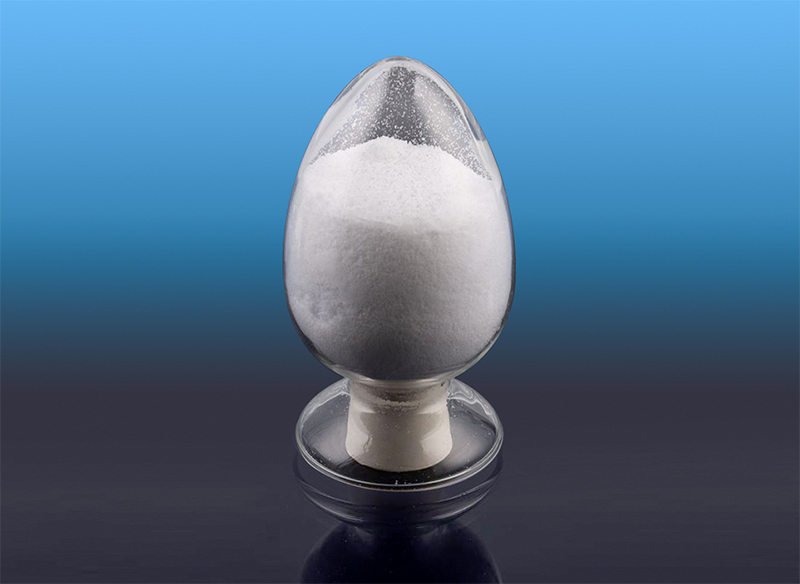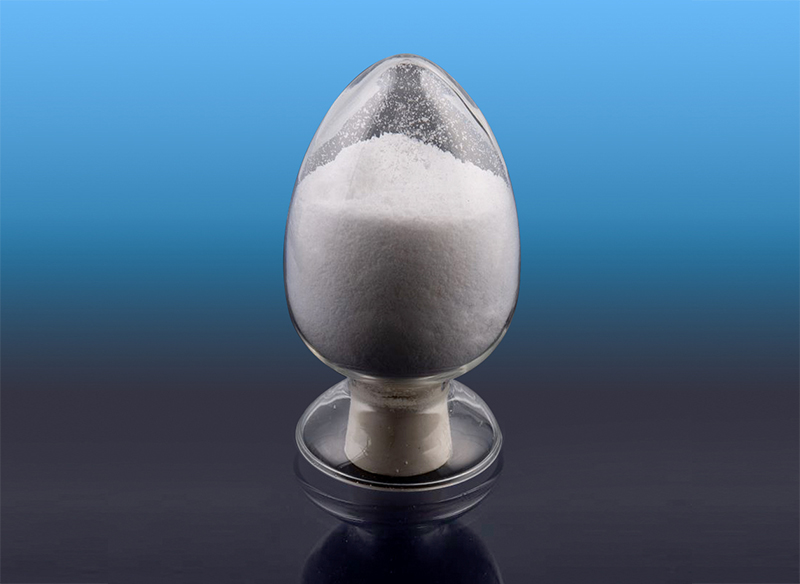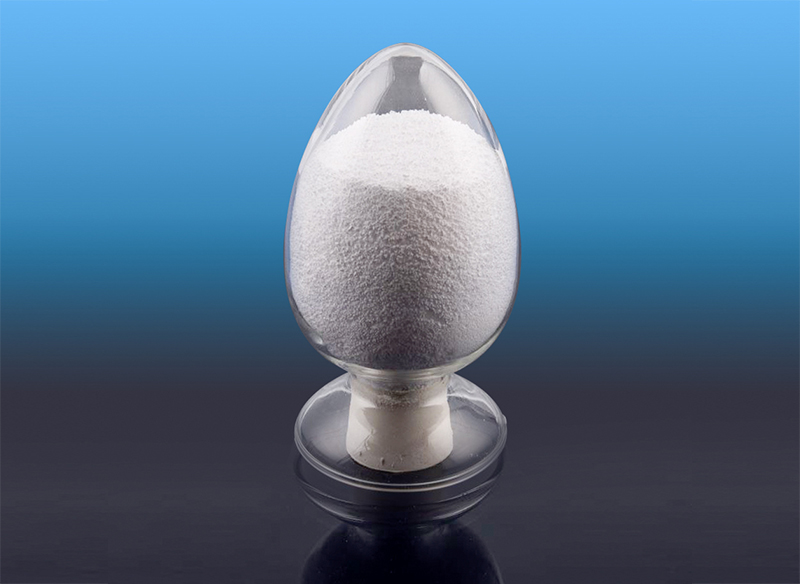Low-Density TPR: The Unsung Hero of Modern Material Innovation
In the vast landscape of polymer materials, low-density thermoplastic rubber (TPR) has quietly revolutionized product design across multiple industries. This remarkable material combines the processing advantages of plastics with the elastic properties of rubber, creating solutions where traditional materials fall short.

The Science Behind the Material
Low-density TPR represents an engineering breakthrough with unique characteristics:
-
Specific gravity ranging from 0.89 to 1.00 for exceptional lightweight performance
-
Shore hardness options from 10A to 60A for customized flexibility
-
Superior compression set resistance maintaining shape under prolonged stress
-
Excellent fatigue resistance enduring repeated deformation cycles
Why Designers Are Switching to Low-Density TPR
-
Weight Reduction Without Sacrifice
Provides up to 30% weight savings compared to conventional rubber compounds while maintaining durability -
Processing Advantages
-
Injection molding compatibility for complex geometries
-
Short cycle times improving production efficiency
-
No vulcanization required unlike traditional rubber
-
-
Enhanced User Experience
-
Softer tactile feel for consumer products
-
Vibration dampening properties
-
Noise reduction capabilities
-
Industry-Specific Applications
Medical Devices
-
Ergonomic grips for surgical instruments
-
Comfortable seals for respiratory masks
-
Cushioned components for mobility aids
Consumer Electronics
-
Impact-absorbing smartphone cases
-
Tactile keyboard covers
-
Vibration-isolating mountings
Automotive Innovations
-
Lightweight weather stripping
-
NVH (noise, vibration, harshness) reduction components
-
Comfort-enhancing interior trim
Material Selection Considerations
When specifying low-density TPR, engineers evaluate:
-
Environmental stress crack resistance
-
UV stability for outdoor applications
-
Chemical compatibility with end-use conditions
-
Temperature performance range (-40°C to 90°C)
-
Regulatory compliance (FDA, RoHS, REACH)
Processing Insights
Optimal manufacturing requires attention to:
-
Melt temperature control (160-220°C typical)
-
Mold temperature optimization
-
Gate design for proper material flow
-
Cooling rate management
Sustainability Advantages
Modern formulations offer:
-
Recyclability in standard plastic waste streams
-
Phthalate-free compositions
-
Reduced material usage through density optimization
-
Energy-efficient processing
Future Development Directions
Emerging innovations include:
-
Self-healing formulations
-
Conductive grades for smart applications
-
Bio-based raw material alternatives
-
Enhanced flame-retardant versions
The Competitive Edge
Products utilizing low-density TPR gain:
-
Improved ergonomics through lightweight design
-
Enhanced durability in dynamic applications
-
Cost savings from processing efficiencies
-
Design freedom unattainable with traditional materials
This versatile material continues to enable breakthroughs across industries, proving that sometimes the most significant innovations come in lightweight packages. As material science advances, low-density TPR's role in product development will only expand, offering solutions to engineering challenges we're just beginning to encounter.





